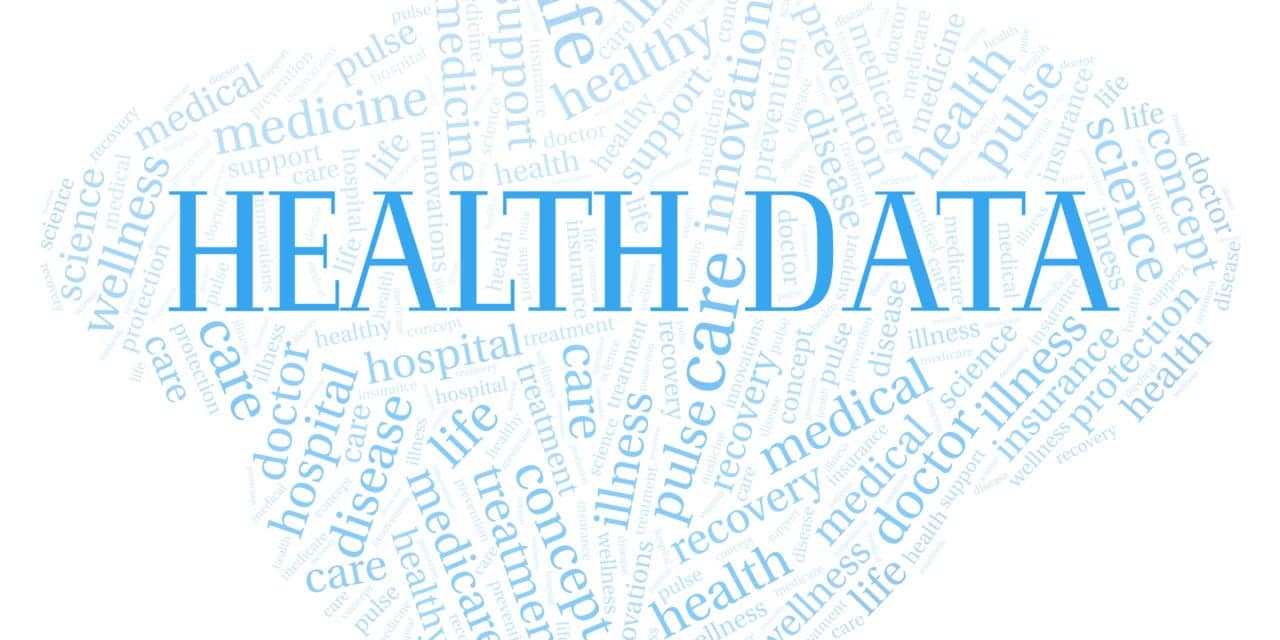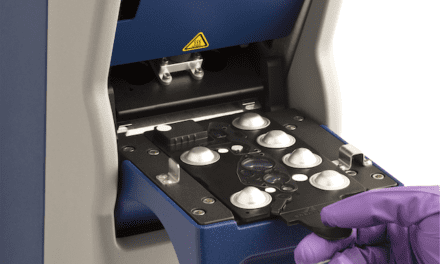Laboratorians maintain vast amounts of patient data—now what?
Interview by Steve Halasey
In Finland, the health data collected in national registries provides authorities with national healthcare statistics and also serves the needs of professionals who provide clinical care or conduct fundamental academic research. However, the use of such data in company-driven research remains limited, even though applied research is essential for creating innovations, such as developing new treatment methods, drugs, and well-being products.
But a new national law on the secondary use of health and social services data is aiming to make the exploitation of health data more flexible than before and to increase the exploitation of deidentified data for additional purposes beyond the treatment of patients. To explore the potential of such arrangements, the VTT Technical Research Center of Finland has brought together a consortium of companies for its PreMed project, which seeks to introduce a corporate perspective into the planning of a national service operator to coordinate the use of health data.
Well beyond the boundaries of Finland, the outcomes of the PreMed project could be of special interest to laboratorians, who often have charge of the systems that collect and maintain patient data. In the near future, deidentifying and making such data available for broad healthcare purposes—commercial and otherwise—could become a significant undertaking for clinical laboratories. To find out more about the PreMed project, CLP recently spoke to project leader Jaakko Lähteenmäki, principal scientist at the VTT Technical Research Center of Finland.
CLP: What do you see as the primary obstacles to the use of deidentified patient data for broad health-related purposes such as new product development? Is the existence of data silos a key problem?
Jaakko Lähteenmäki: The existence of silos is a big challenge, because they permit data to reside in heterogeneous information systems and registries. A large part of such data is still uncoded and in free-text form, which makes it difficult to exploit. One of the biggest obstacles is that high-dimensional datasets are very difficult to deidentify, so there is an increased risk that combining data from various sources can expose the identity of individuals. Therefore, strict regulations and processes need to be applied when disclosing data to be used beyond healthcare services. Consequently, there are still long delays in accessing data. The national data service operator being set up in Finland is expected to improve this.
CLP: How important is it for national and regional authorities to coordinate the maintenance and availability of deidentified patient data for commercial purposes?
Lähteenmäki: It is highly important. This approach will ensure that the rights of citizens concerning their own personal data are preserved. It also allows services to be provided to companies impartially, without distorting competition.
It is important to remember that in many countries, including Finland, a major part of healthcare services is delivered by public providers, who are therefore the controllers of the majority of clinical data.
CLP: How will the PreMed project interface with clinical laboratorians, who have charge of the majority of test results from patients seen in their facilities?
Lähteenmäki: Laboratories are one important source of clinical health data. The PreMed project aims to facilitate services that will enable the linking of laboratory data to other health data, and the use of all that data in a secure way.
In the framework of the PreMed project, we are carrying out a retrospective study in the field of pharmacogenomics. This study collects laboratory data from several areas in Finland and combines it with drug usage and genomic data to reveal the benefits of using genotype information for guiding antithrombotic drug therapy. Through this use case, we seek to gain experience with the current processes for data access, and to propose solutions for improvement.
CLP: Is there a role for ongoing management of data applications within and among health systems?
Lähteenmäki: Yes, there is. The current trend in many countries, including Finland, is the establishment of data lakes. Data lakes collect data from operational systems, such as electronic medical records and laboratory systems, into a large pool where they can be efficiently used for a large variety of purposes.
CLP: Are laboratorians positioned to play a role in the management of such data-based applications?
Lähteenmäki: Laboratorians may play an important role in the management of data lakes and the applications interfacing them. Laboratorians will have an especially important role in biobanks, where both data and biosamples are maintained and processed.
CLP: Why is the PreMed project scheduled to end in June 2020?
Lähteenmäki: The project is financed by VTT, Business Finland, and several participating companies (a list of participants can be found at www.vtt.fi/premed). The stakeholders committed to funding the project for this definite period. However, PreMed essentially aims to catalyze the formation of a data-driven ecosystem in Finland, and it is clear that more time is needed. Therefore, an extension of the current project will very likely be requested.
Steve Halasey is chief editor of CLP.






